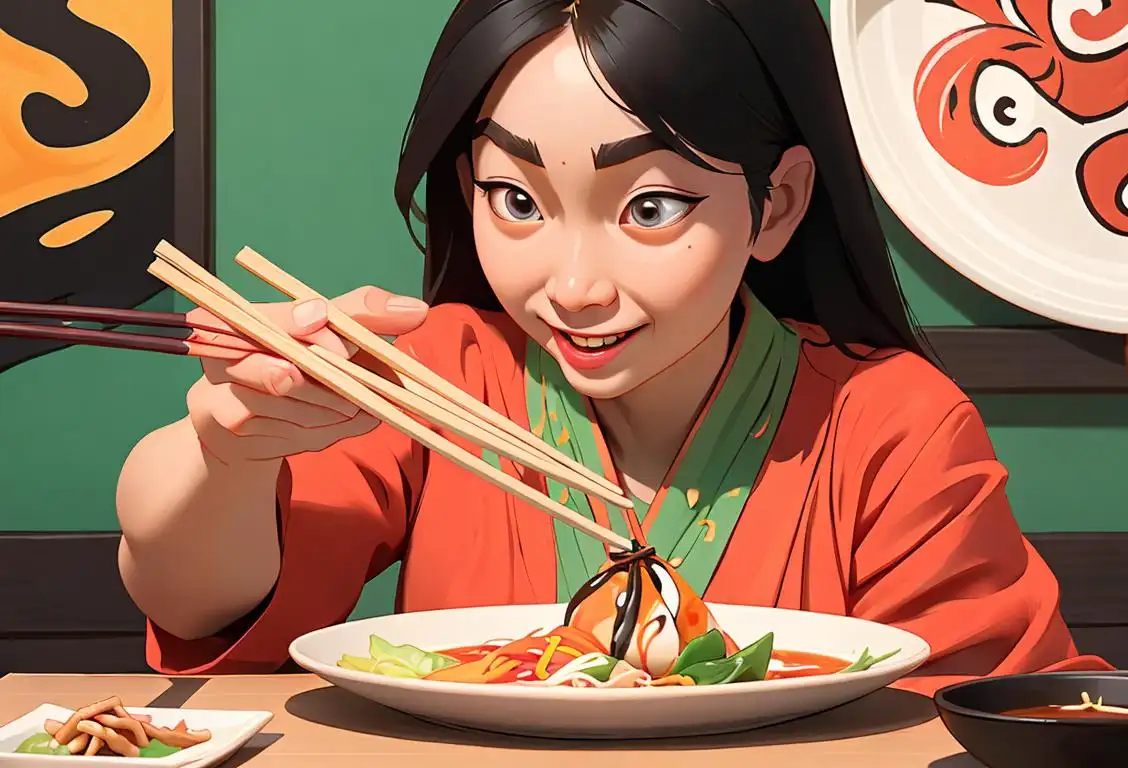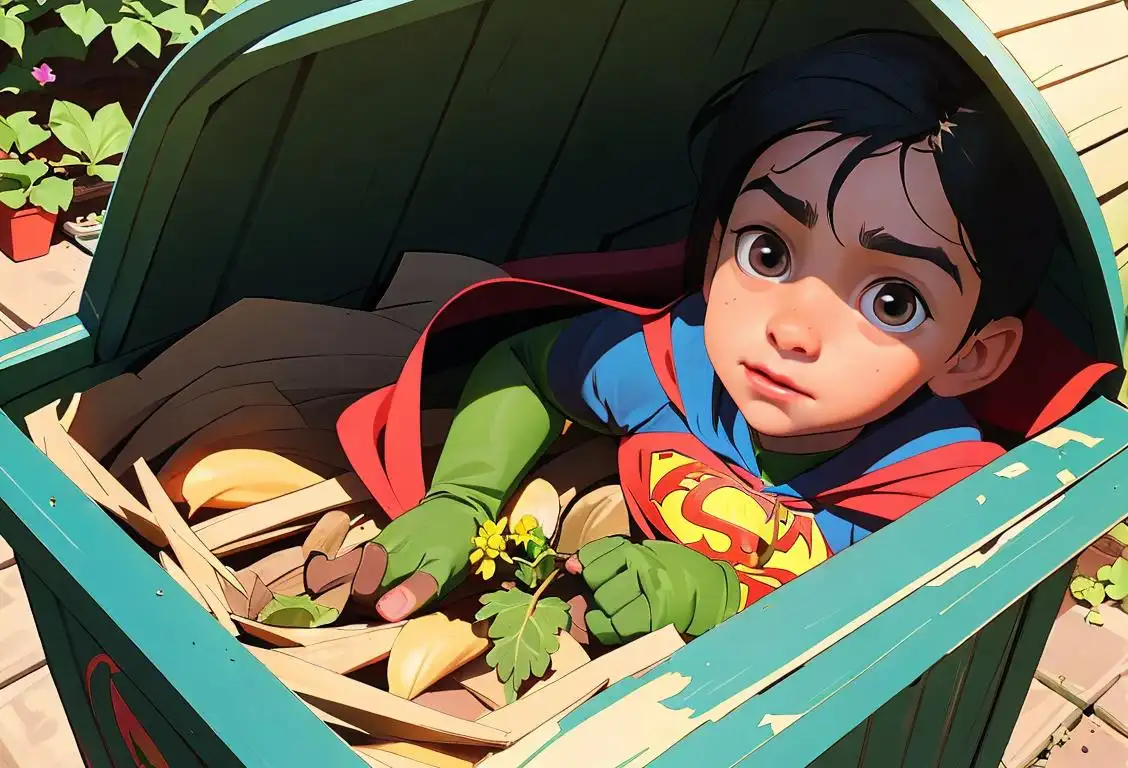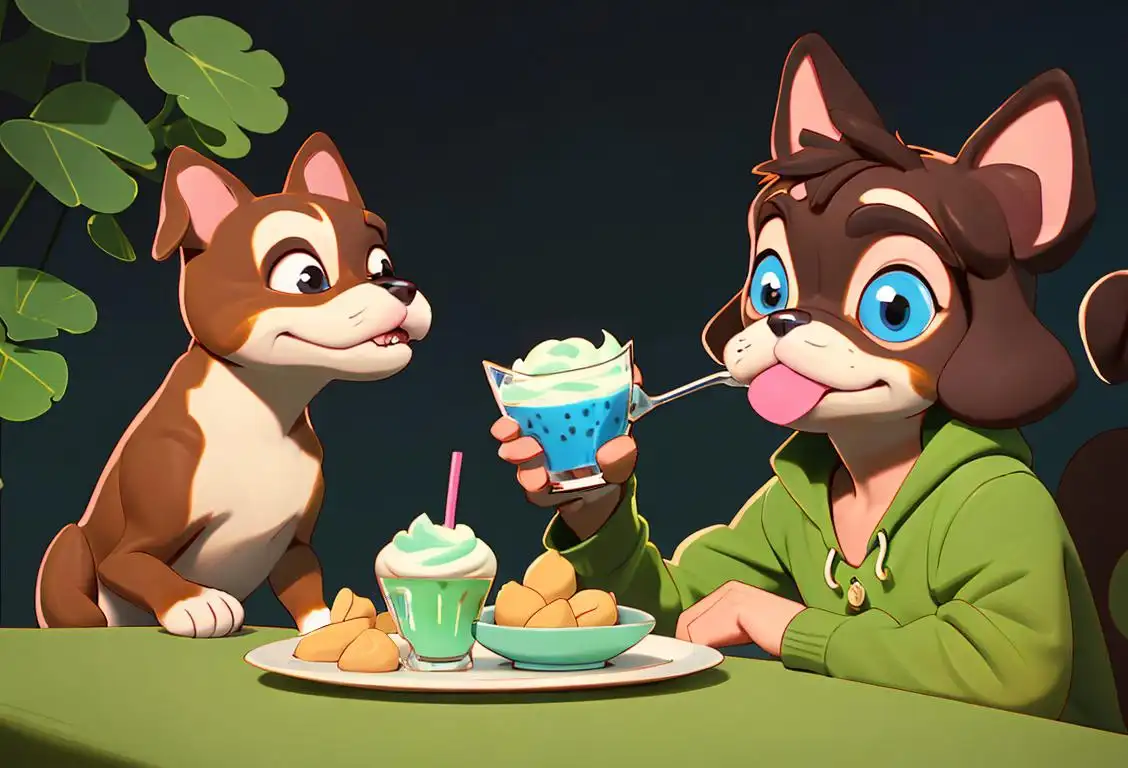National Chopsticks Day

Welcome to the chop-tastic world of National Chopsticks Day! Get ready to dig into some delicious food and impress your friends with your mad chopstick skills. This day is all about celebrating the ingenious utensils that bring joy and flavor to our meals. So roll up your sleeves, grab a pair of chopsticks, and let's dive into the fascinating history of this fun-filled day.
When is Chopsticks Day?
It's national chopsticks day on the 6th February.
The Origins of National Chopsticks Day
Chopsticks have been an integral part of Asian cuisine for centuries, with their origins dating back thousands of years. These nifty utensils are not just a practical way of eating, but they also hold cultural and symbolic significance in many Asian countries.
The exact origin of chopsticks is a topic of debate among historians, but one thing is clear: they are here to stay. The earliest evidence of chopsticks can be traced back to ancient China, where they were initially used for cooking and serving food. Over time, chopsticks made their way into the everyday dining rituals of Chinese people.
Their popularity spread like wildfire across East Asia, including Japan, Korea, and Vietnam. Each country has its own unique style of chopsticks, varying in material, length, and design. From the sleek and slender Japanese chopsticks to the sturdy and practical Korean chopsticks, there's a pair out there for everyone.
Celebrating National Chopsticks Day
On National Chopsticks Day, food enthusiasts and chopstick aficionados come together to celebrate the art of eating with chopsticks. It's the perfect opportunity to gather around a table with loved ones and embark on a chopstick adventure.
Restaurants and food establishments often offer special promotions and events centered around chopsticks. You might find yourself participating in chopstick challenges, learning how to properly hold and use chopsticks, or even competing in chopstick-based contests. Whether you're a chopstick newbie or a seasoned pro, National Chopsticks Day is a chance to hone your skills and have a blast while doing it.
Did You Know?
Did you know that chopsticks are not only for food? In Japan, chopsticks are sometimes used for musical performances. Traditional Japanese music often incorporates the sounds created by hitting two pairs of chopsticks together. So next time you pick up a pair of chopsticks, give them a little tap and see if they make some sweet music!
History behind the term 'Chopsticks'
1200 BC
Ancient Origin
Chopsticks have a long history that dates back to ancient China around 1200 BC. During this time, people used twigs and sticks to pick up and cook their food over a fire. Over time, they realized that these utensils were also effective for eating.
400-200 BC
Introduction of Wooden Chopsticks
Wooden chopsticks gained popularity during the Han Dynasty (400-200 BC) in China. The increase in population created a higher demand for resources, leading to the conservation of metal. As a result, people started using wooden chopsticks, which were more affordable and easily available.
500 AD
Spread to Japan
In the 5th century AD, chopsticks were introduced to Japan through cultural exchanges with China. Initially, they were used exclusively by the nobility and a symbol of social status. However, over time, their usage spread throughout all levels of society as their practicality became evident.
9th Century
Influence on Korean Chopsticks
During the 9th century, the Korean peninsula adopted the use of chopsticks from China and Japan. However, they developed their own unique style and design. Korean chopsticks are typically longer and made of metal, reflecting the influence of both Chinese and Japanese cultures.
1600s
Chopsticks and Etiquette
During the Edo period in Japan (1603-1868), the use of chopsticks became more refined, and etiquette around them developed. Sets of chopsticks were often beautifully crafted and bestowed as gifts. Proper chopstick etiquette, such as not pointing directly at others and not passing food from one pair of chopsticks to another, became important.
20th Century
Chopsticks Worldwide
As international travel and global cuisine became more prevalent in the 20th century, the use of chopsticks spread to various parts of the world. Chopsticks gained popularity in Western countries due to the growing interest in Asian culture and food. Today, they are widely used in many countries, not just for East Asian cuisine but also for various types of dishes.
Did you know?
Did you know that chopsticks are not only for food? In Japan, chopsticks are sometimes used for musical performances. Traditional Japanese music often incorporates the sounds created by hitting two pairs of chopsticks together. So next time you pick up a pair of chopsticks, give them a little tap and see if they make some sweet music!Tagged
romance food funFirst identified
6th February 2016Most mentioned on
6th February 2017Total mentions
729Other days
One Day
Family Day
Action Day
Kissing Fried Chicken Day
Vodka Boyfriend Day
Awareness Day
Opposite Day
Suicide Prevention Month Day
Happiness Day
Nutty Fudge Day









